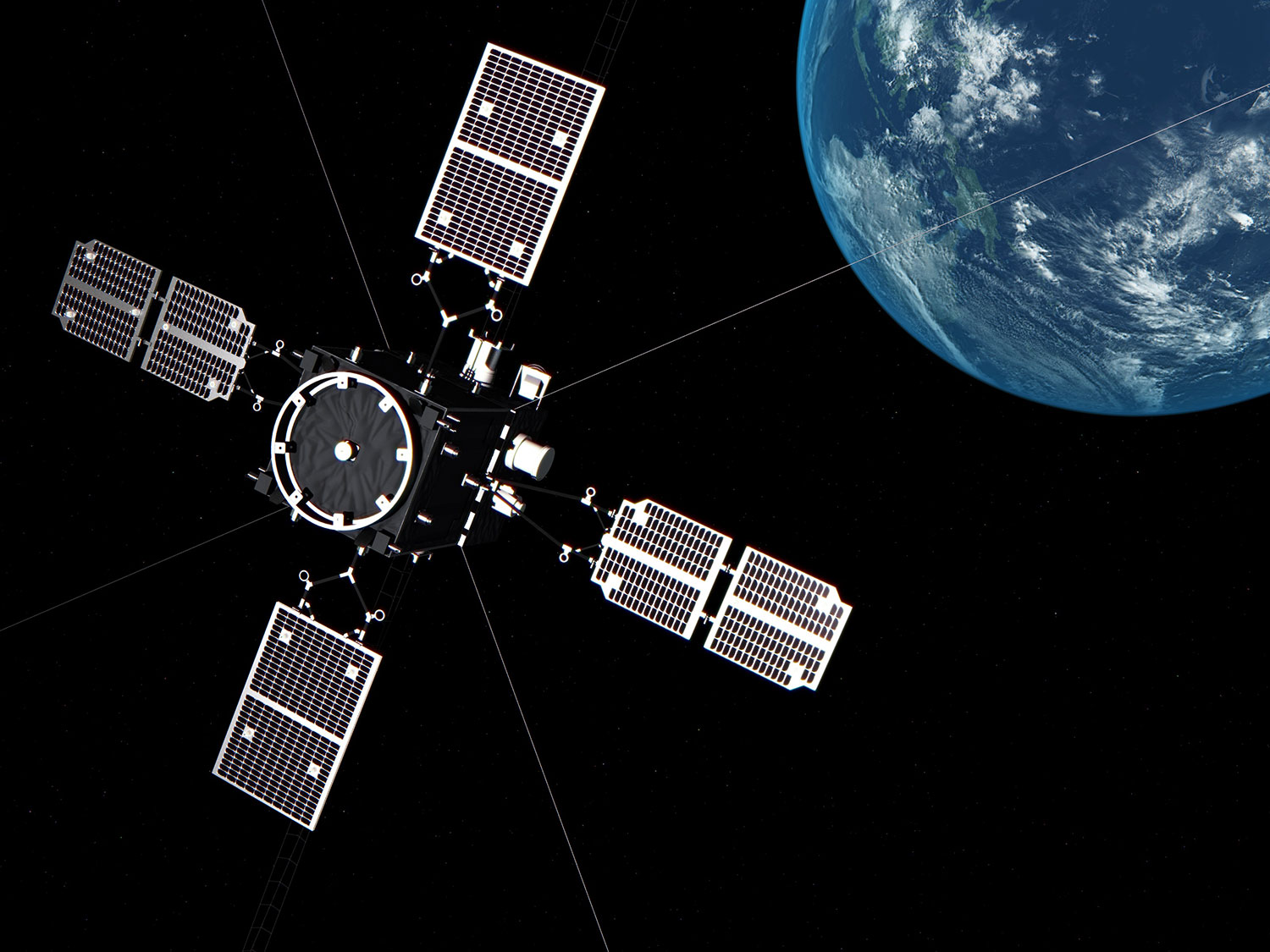The TRON specification real-time OS (RTOS) is widely used in the aerospace field, such as for artificial satellites and rocket launchers. This is because its low power consumption and real-time performance are valued in the field. For example, the RTOS has been installed in the asteroid explorer, “Hayabusa, (MUSES-C),” its exploration robot, “Minerva,” the Hayabusa’s successor, “Hayabusa2,” the spectroscopic planet observatory satellite, “Hisaki (SPRINT-A),” and the satellite launch rocket, “Epsilon.”
Furthermore, the next generation of highly reliable RTOS, “T-Kernel 2.0 AeroSpace (T2AS)” was developed bye YRP Ubiquitous Networking Laboratory (YRP UNL) in collaboration with the Japan Aerospace Exploration Agency (JAXA) and it was announced in 2013. T2AS is based on T-Kernel 2.0 which was developed by TRON Project. Due to this, T2AS can utilize many existing TRON software resources.
T2AS incorporates the following three major functions for the aerospace field:
- memory protection that does not affect the processing speed
- high-precision time management with physical timer
- deletable OS functions to reduce memory usage and to improve operational security
T2AS has been installed in the satellite, “Arase (ERG*),” by JAXA, and is expected to be used in other fields such as transportation, medical electronics and factory automation.
* ERG (Exploration of energization and Radiation in Geospace)
We created the “T2AS Highly Reliable Application Handbook” to explain the verification process and development guidelines to ensure the reliability of the application that uses T2AS. The handbook is available in Japanese on the TRON Forum member website.

©️ JAXA
